The sugar that forms part of the backbone of DNA – 2-deoxyribose – has been formed in experiments that simulate the icy conditions found on comets and asteroids in outer space.
Scientists at Nasa’s Ames Research Center made ice mixtures containing water and methanol and irradiated them with ultraviolet light to simulate bombardment with cosmic rays. They detected the formation of complex sugars in the mix, including 2-deoxyribose and several deoxysugar derivatives.
Experiments like this have been carried out for decades, and have shown that a number of biologically interesting organic molecules can form under space-like conditions – including ribose, the sugar that makes up the backbone of RNA. Until now, however, deoxyribose hadn’t been observed.
The researchers who made the discovery also found deoxysugar derivatives when they looked at samples of two meteorites rich in carbon compounds, though they were unable to identify deoxyribose itself.
The findings give further support to the panspermia hypothesis: the idea that some of the building blocks of life may have formed in space before being delivered to Earth by comets or meteors.
References
M Nuevo, G Cooper and S A Sandford, Nat. Commun., 2018, DOI: 10.1038/s41467-018-07693-x





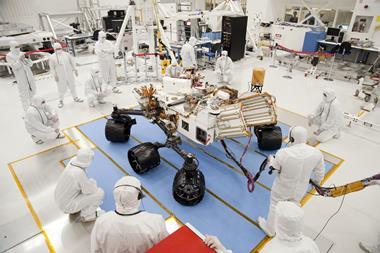

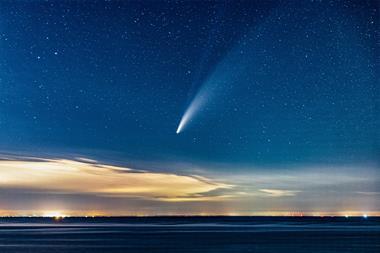
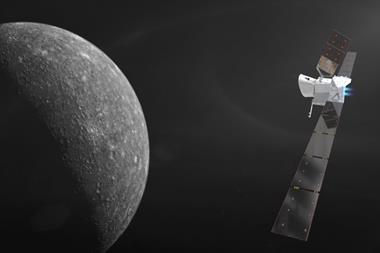
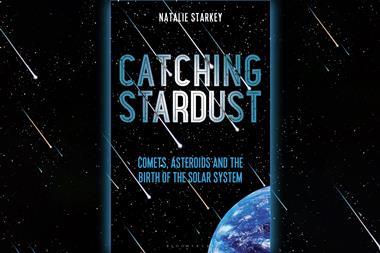
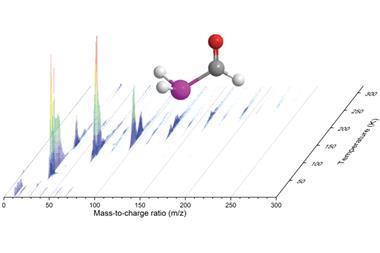
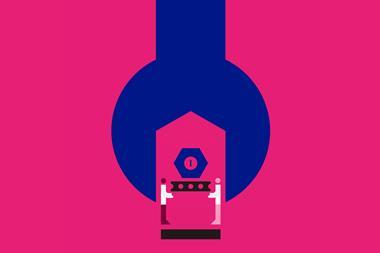
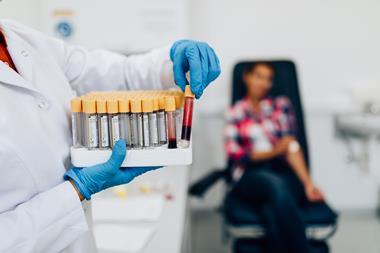




No comments yet